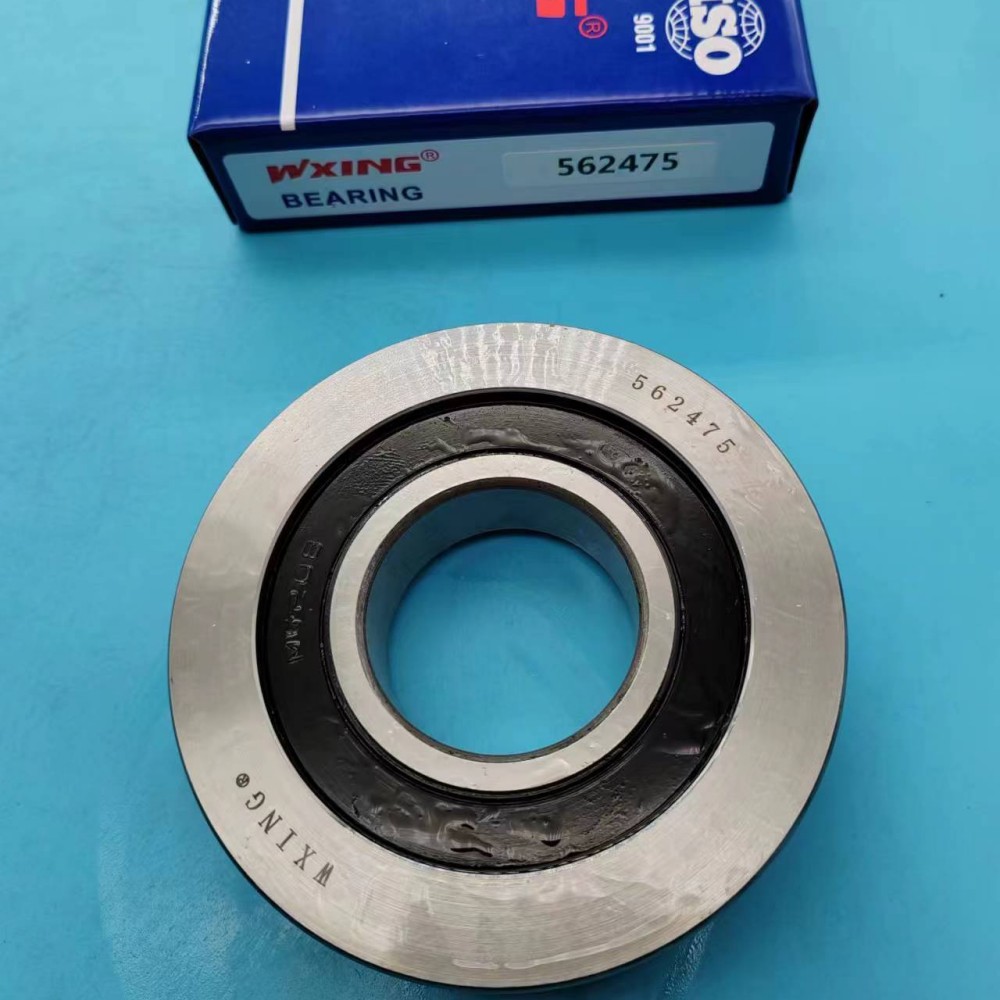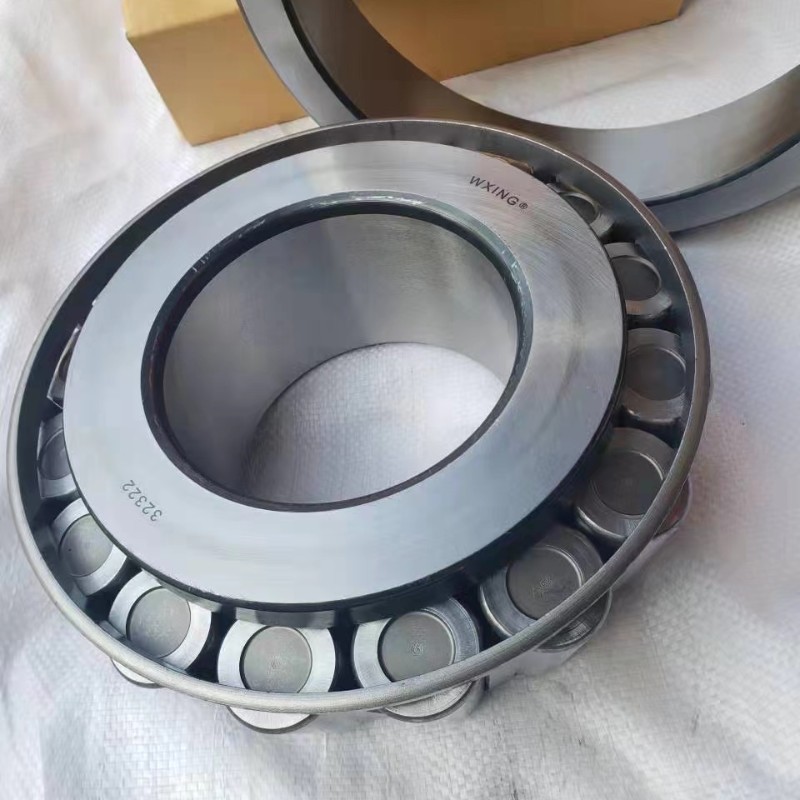CONTACT US
Zhejiang waxing electromechanical co.LTD.,Factory located in Shandong,Headquarters located in Zhejiang,China.
Quenching of steel is a heat treatment process in which the steel is austenitized and cooled at an appropriate cooling rate, so that the martensitic unstable structure transformation occurs in the cross section of the workpiece or within a certain range.
1. Process flow of quenching workpiece
General workpiece: quenching→cleaning→tempering→sandblasting (or shot blasting, etc.) surface cleaning→inspection.
Shaft parts and deformable workpieces: quenching → cleaning → tempering → straightening → stress relief treatment → sandblasting → inspection.
 2. Preparation before quenching
2. Preparation before quenching
(1) Check the quantity, material and size of workpieces, and check whether there are cracks, bruises, missing edges, sharp edges, sharp corners and corrosion on the workpieces that affect the quenching quality.
(2) According to the drawings and process documents, specify the specific requirements for quenching, such as hardness, local quenching range, etc.
(3) According to the quenching requirements, design and select suitable tools and fixtures, and some workpieces should be properly bound, and corresponding protective measures should be taken at the parts that are prone to cracks, such as wrapping and blocking holes with iron sheets or asbestos ropes.
(4) Workpieces that are not allowed to be oxidized or decarburized on the surface should be heated in a salt bath furnace or a pre-evacuated protective atmosphere furnace, or the following protective measures should be taken:
a. For paint protection, the following paint formulations are recommended:
① 10% graphite + 90% grease (mass fraction).
② 100gSiO2+5gAl2O3+25gNaSiO3+40gH2O. Thermal coating 0.05~0.10mm, when the heating temperature is less than 1050 ℃, it has anti-oxidation and decarburization effects.
③ 20gSiO2+10Al2O3g+10g feldspar 10gCr2O3+10gSiC+8gKSiO3+12~15gH2O0 thermal coating 0.2~0.30mm, when the heating temperature is less than 1200 ℃, it has anti-oxidation and decarburization effects.
b. Put the workpiece into an iron box filled with charcoal or used cast iron chips, and seal it with a cover.
(5) A large number of workpieces must be quenched individually or in small batches. After the process is formulated, batch quenching can be carried out, and random inspections are often carried out during the production process.
3. Furnace loading
(1) Workpieces of different materials but with the same heating process are allowed to be heated in the same furnace.
(2) The furnace-loaded workpieces should be dry and free from oil and other dirt.
(3) When workpieces with different cross-sectional sizes are loaded into the same furnace, the large workpieces should be placed at the rear of the furnace, and the holding time of large and small workpieces should be calculated separately.
(4) When loading the furnace, the workpieces must be regularly placed on the furnace rack or the furnace floor, and stacked with hooks, pliers or special tools. Do not throw the workpieces directly into the furnace, so as not to hurt the workpiece or damage the furnace lining.
(5) The slender workpiece must be hung and heated vertically in a pit furnace or salt furnace to reduce deformation.
(6) When the workpiece is heated in the box furnace, it is generally arranged in a single layer, and the gap between the workpieces is 10~30mm. Small pieces are allowed to be properly stacked, but the heat preservation time should be appropriately increased.
4. Heating
1. Heating method
(1) Carbon steel and alloy steel workpieces can generally be directly heated in a furnace that is 20~30°C higher than the specified quenching temperature.
(2) High-carbon high-alloy steel and workpieces with complex shapes should be preheated first.
2. Heating temperature selection.
3. Calculation of workpiece heating time: the workpiece in the furnace should be kept within the specified heating temperature range for an appropriate time to ensure the necessary tissue transformation and diffusion. The heating time refers to the time for the entire heating process from the time when the workpiece is loaded into the furnace, powered on and heated until it is released from the furnace.
The heating time is related to the effective thickness of the workpiece, steel type, furnace charging method, furnace charging amount, furnace charging temperature, furnace performance and sealing degree and other factors.
4. Selection of effective thickness (applicable to both annealing and normalizing processes)
(1) Round rod workpieces are calculated by diameter.
(2) Flat workpieces are calculated by thickness (the upper limit of thermal insulation coefficient is selected).
(3) The solid cone is calculated according to the diameter at the height of 1/3 from the big end.

Copyright © 2025 Zhejiang waxing electromechanical co.LTD. | All Rights Reserved Design
Hello, please leave your name email or WhatsApp here before chat online so that we won't miss your message and contact you smoothly.